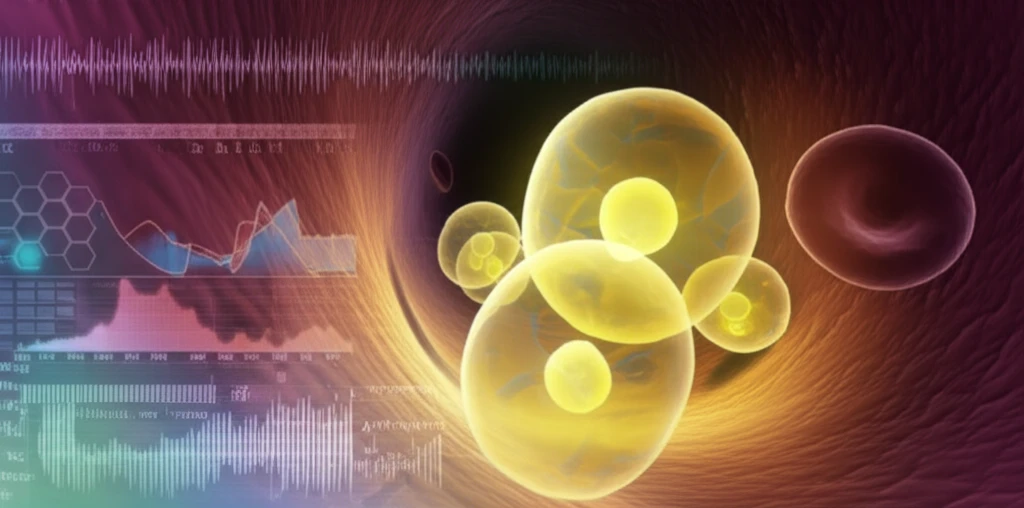
Can Your Blood Test Reveal Hidden Infections? A New Way to Spot Neutrophil Activation
"Scientists have discovered a novel method to detect activated neutrophils using standard hematology analyzers, potentially offering earlier insights into bacterial infections and immune responses."
Our bodies have a sophisticated defense system, and at the forefront of that system are neutrophils, a type of white blood cell. These cells are essential for fighting off infections, primarily by engulfing bacteria (phagocytosis) and releasing reactive oxygen species (ROS) to kill pathogens. When an infection occurs, the number of neutrophils increases, and they're called to the site of infection. Understanding how neutrophils function and respond is crucial for managing various health conditions.
Traditionally, identifying activated neutrophils, which are neutrophils that are actively fighting infection, has been complex, often involving specialized imaging techniques. However, a recent study sheds light on a simpler approach. Researchers have found that by using standard hematology analyzers—machines commonly used for routine blood tests—it’s possible to detect activated neutrophils based on their unique characteristics.
This article explores this innovative method, explaining how changes in neutrophil structure, specifically the formation of vacuoles, can be detected using ordinary blood testing equipment. This approach offers the potential for quicker and more accessible diagnosis of bacterial infections and a better understanding of how our immune system responds to threats.
Vacuoles: The Key to Unlocking Neutrophil Activity

The key to this new detection method lies in the observation that activated neutrophils form vacuoles—small, bubble-like structures—within their cytoplasm. These vacuoles are created as part of the process where neutrophils engulf and destroy pathogens. The presence of these vacuoles changes the way light scatters when analyzed by a hematology analyzer, particularly increasing side-scattering (SSC).
- A distinct cluster of cells appeared in the eosinophil area of the analyzer's scattergram, indicating a population with higher side-scattering (SSC).
- These cells were confirmed to be CD16b- and APF-positive, markers of activated neutrophils producing ROS.
- Microscopic analysis (CLSM and EM) revealed the presence of vacuoles within these activated neutrophils.
The Future of Infection Detection
This research opens up exciting possibilities for diagnosing and monitoring bacterial infections. By using standard hematology analyzers to detect changes in neutrophil structure, doctors may be able to identify infections earlier and more efficiently.
Furthermore, this method could improve our understanding of various immune responses. Since neutrophil activation plays a key role in many inflammatory conditions, this technique could be used to monitor disease activity and response to treatment.
While further studies are needed to fully validate this approach, the initial findings are promising. This innovative use of existing technology has the potential to transform how we detect and manage infections, ultimately leading to better patient outcomes.
